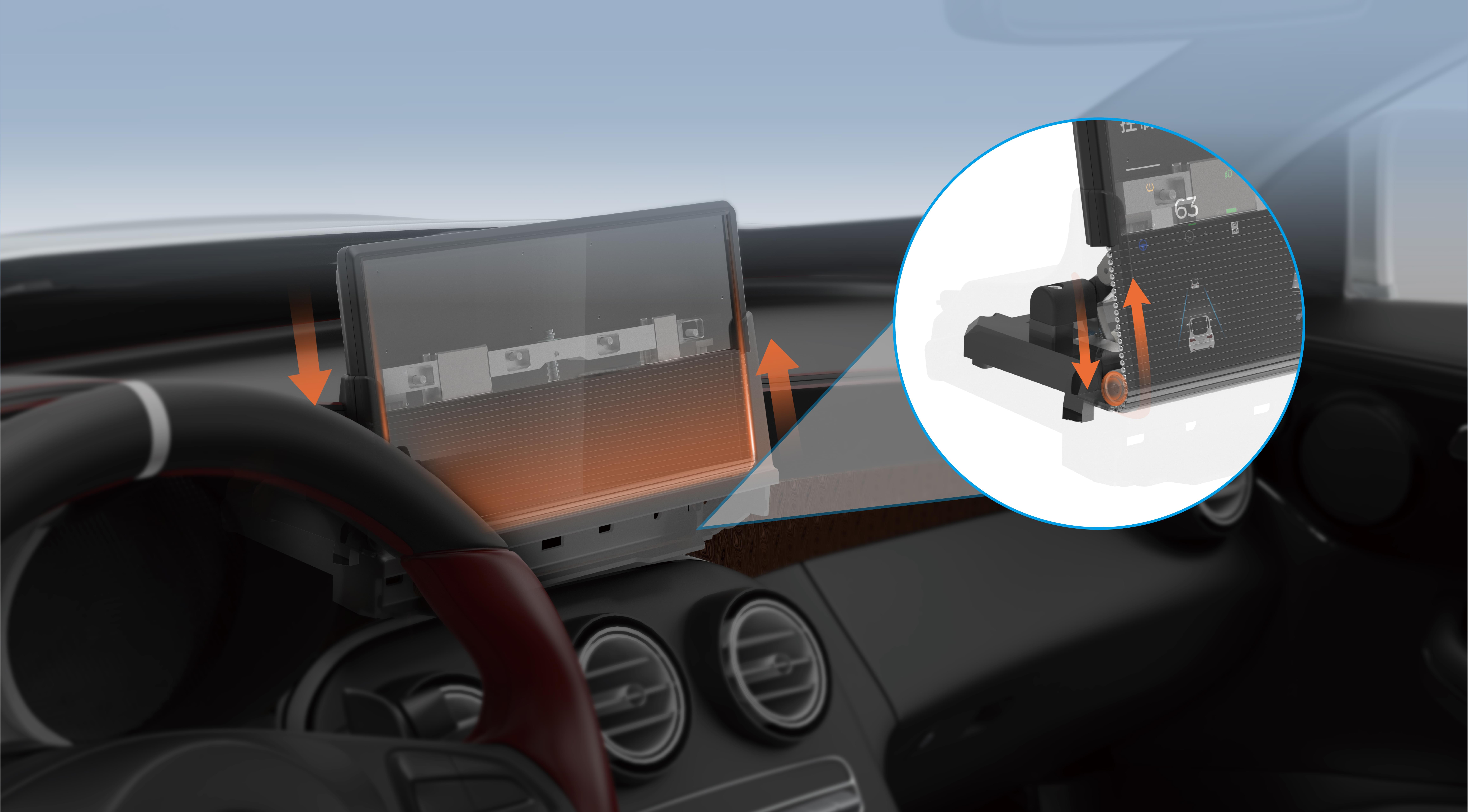Imagine a tiny motor that packs a punch: flexible, reliable, and perfect for beginners and hobbyists alike. The SG90 servo motor fits this description perfectly—a miniature yet powerful device capable of precise movements, making it an essential component for countless DIY robotics projects. Whether you're building a robotic arm, automated camera system, or a simple remote-controlled vehicle, mastering the art of controlling the SG90 with an Arduino Uno opens a world of creative possibilities.

At its core, the SG90 servo motor is a small, lightweight device that can rotate approximately 180 degrees in both directions. Its popularity stems from its affordability, ease of use, and versatility. But to truly harness its potential, understanding how to control it via microcontrollers like the Arduino Uno is key. This microcontroller acts as the brain of your project, translating your commands into precise movements executed by the servo.
The secret sauce here is the embedded Pulse Width Modulation (PWM) signal. PWM allows the Arduino to communicate with the servo with granular control. Essentially, by varying the pulse width sent to the servo, you tell it whether to turn left, right, or position itself at a specific angle. This requires a basic understanding of how to generate and send PWM signals through Arduino code.
Getting started is simpler than you might think. First, gather your hardware: an Arduino Uno board, an SG90 servo motor, some jumper wires, and a power source if you're operating multiple devices. Once assembled, the next step is programming the Arduino to control the servo.
Arduino provides a dedicated library called Servo. This library abstracts many of the complex PWM control details and offers simple functions to attach the servo to a specific pin, move it to an angle, and sweep through positions. Including this library in your sketch significantly simplifies the process, making it accessible even for newcomers.
Here's an overview of the essential steps: connect the SG90 servo's signal wire (usually yellow or white) to one of the Arduino's digital PWM pins—say, pin 9. Connect the power (red) and ground (brown/black) wires to the Arduino's 5V and GND pins, respectively. Once wired, upload a basic sketch that initializes the servo, then commands it to sweep from 0° to 180°, back and forth, creating a simple moving robot "eye" or camera pan.
But how does the code look? At its most fundamental, it involves creating a Servo object, attaching it to a specific pin, then calling the write() function with desired angles. The code can be made more advanced—for example, to move continuously through a range with delays, or to respond to sensors, buttons, or remote commands.
Before diving into the code, think about safety and best practices. Powering the servo directly from the Arduino's 5V pin works for small projects, but if you're adding multiple servos or high-torque models, it's better to power them separately to avoid overloading the Arduino. Also, avoid abrupt movements to prolong the servo's lifespan.
By mastering these basics, you're ready to take your projects to the next level. Whether it’s creating a robotic arm that mimics human motion, an automated pet feeder, or a smart camera that pans to track motion, the SG90 combined with Arduino opens countless doors.
In the next segment, we’ll dive into a detailed, step-by-step code tutorial. You’ll learn how to write your first complete program, customize movements, troubleshoot common issues, and add sensors to make your creations intelligent. Plus, we’ll explore some inspiring project ideas that will leave you eager to build.
Stay tuned for Part 2, where your journey into controlling the SG90 servo motor with Arduino unfolds into exciting, real-world applications!
Leveraging innovations in modular drive technology, Kpower integrates high-performance motors, precision reducers, and multi-protocol control systems to provide efficient and customized smart drive system solutions.




































